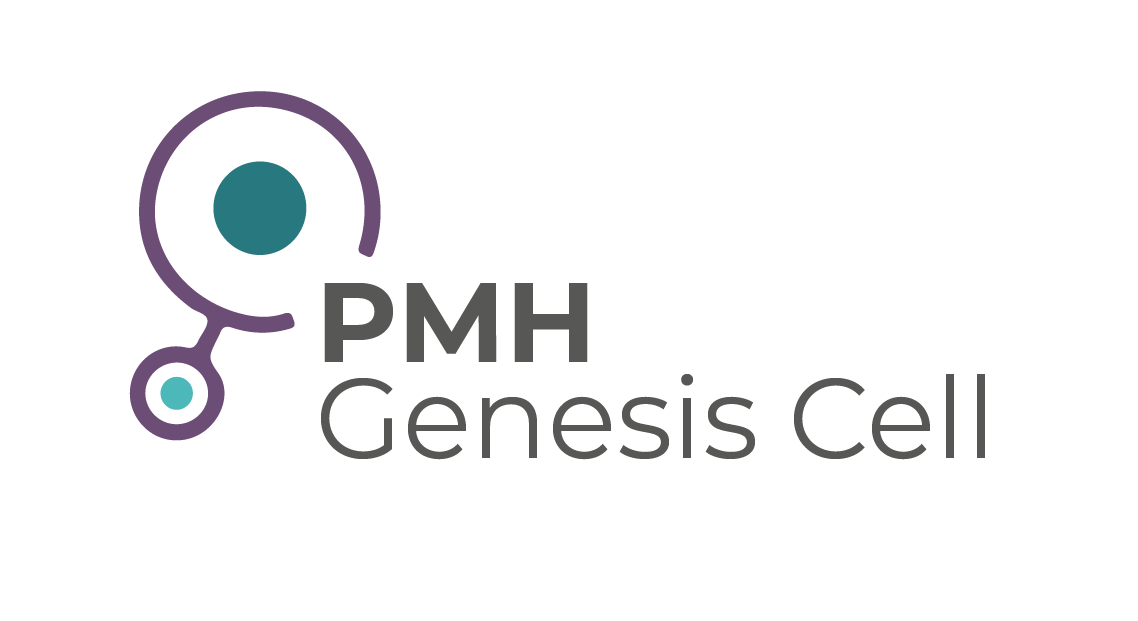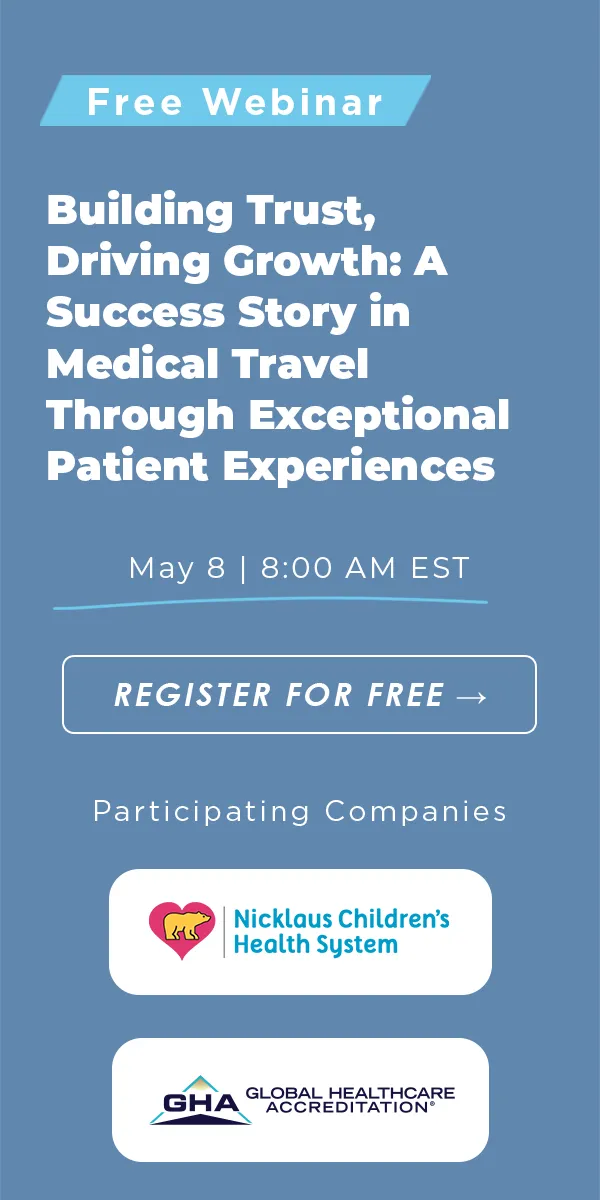Congenital Heart Defect Repairs
Steps Involved in IVF:
Procedure Description
Congenital Heart Defect Repairs refer to a variety of surgical interventions aimed at correcting structural abnormalities in the heart that are present from birth. These defects can range from simple to complex, affecting one or several components of the heart such as chambers, valves, or arteries. The type and severity of the defect determine the urgency and nature of the surgical intervention required. Symptoms of congenital heart defects can manifest at birth, during infancy, or even later in adulthood. Common symptoms include shortness of breath, fatigue, cyanosis (bluish tint to the skin, lips, and fingernails), and irregular heart rhythms.
The goal of these surgeries is to restore normal cardiac function, reduce symptoms, and improve the patient's quality of life. For certain defects, the repair may be straightforward and could even be performed in a minimally invasive manner. However, more complicated defects may require open-heart surgery and the use of heart-lung bypass machines. Medical advancements have greatly improved the success rates for congenital heart defect repairs, but early diagnosis and timely intervention remain crucial for optimal outcomes.
Surgical options for congenital heart defect repairs include procedures like ASD (Atrial Septal Defect) and VSD (Ventricular Septal Defect) closures, valve repairs or replacements, and more complex surgeries like the Fontan procedure for single-ventricle defects. The choice of procedure depends on the patient's specific medical condition, as assessed through various diagnostic tests like echocardiograms, MRI scans, and cardiac catheterization.
Procedure Duration
The duration of the congenital heart defect repair surgery varies depending on the complexity of the defect and the specific type of procedure being performed. Simple defect repairs like ASD or VSD closures might take 2-4 hours, while more complicated surgeries can take 6 hours or more. It's worth noting that pre-operative and post-operative care also require substantial time commitments, with pre-operative tests often scheduled a few days before the surgery and post-operative recovery taking several days to weeks in the hospital.
The recovery period is an essential component of the surgical experience. After the procedure, patients may spend a day or two in the intensive care unit (ICU) before being moved to a regular cardiac ward. The total hospital stay might last from one week for straightforward cases up to several weeks for more complicated surgeries. Following hospital discharge, patients often need several months to recover fully. During this time, regular check-ups, medications, and possibly cardiac rehabilitation will be required.
In summary, while the surgery itself may last a few hours, the total duration from pre-operative testing to full recovery can span several months. It's important to account for this entire timeframe when considering medical tourism for congenital heart defect repairs.
Benefits
- Cost-Effectiveness: Many countries offer high-quality congenital heart defect repairs at a fraction of the cost in developed countries.
- Expertise: Some international medical centers specialize in congenital heart surgeries, boasting high success rates.
- Advanced Technology: Facilities abroad often have state-of-the-art technology and equipment for cardiac surgery.
Potential Destinations
- India: Renowned for cardiac care, particularly in cities like Bangalore and Chennai.
- Thailand: Bangkok has several hospitals known for advanced cardiac treatments.
- Turkey: Istanbul and Ankara offer high-quality cardiac care at competitive prices.
Risks & Considerations
- Quality of Care: Make sure the facility has international accreditation and a track record of successful congenital heart defect repairs.
- Travel Concerns: Long flights and travel stress may not be advisable for cardiac patients.
- Language Barrier: Ensure you have a reliable way to communicate with your medical team abroad.
How to Choose the Right Doctor and Hospital
- Check Qualifications: Verify the educational background, experience, and board certifications of the surgeon.
- Read Reviews: Look for testimonials or reviews from other patients who have undergone similar procedures at the facility.
- Visit in Advance: If possible, visit the hospital before the procedure to assess cleanliness, technology, and staff competency.
To receive a free quote for this procedure please click on the link: https://www.medicaltourism.com/get-a-quote
Patients are advised to seek hospitals that are accredited by Global Healthcare and only work with medical tourism facilitators who are certified by Global Healthcare Accreditation or who have undergone certification from the Certified Medical Travel Professionals (CMTP). This ensures that the highest standards in the industry are met. GHA accredits the top hospitals in the world. These are the best hospitals in the world for quality and providing the best patient experience. Click the link to check out hospitals accredited by the Global Healthcare Accreditation: https://www.globalhealthcareaccreditation.com
Frequently Asked Questions
What actually happens during hyperstimulation of the ovaries?
The patient will take injectable FSH (follicle stimulating hormone) for eight to eleven days, depending on how long the follicles take to mature. This hormone is produced naturally in a woman’s body causing one egg to develop per cycle. Taking the injectable FSH causes several follicles to develop at once, at approximately the same rate. The development is monitored with vaginal ultrasounds and following the patient’s levels of estradiol and progesterone. FSH brand names include Repronex, Follistim, Menopur, Gonal-F and Bravelle. The patient injects herself daily.
What happens during egg retrieval?
When the follicles have developed enough to be harvested, the patient attends an appointment where she is anesthetized and prepared for the procedure. Next, the doctor uses an ultrasound probe to guide a needle through the vaginal wall and into the follicle of the ovary. The thin needle draws the follicle fluid, which is then examined by an embryologist to find the eggs. The whole process takes about 20 minutes.
What happens to the eggs?
In the next step, the harvested eggs are then fertilized. If the sperm from the potential father, or in some cases, anonymous donor, has normal functionality, the eggs and sperm are placed together in a dish with a nutrient fluid, then incubated overnight to fertilize normally. If the sperm functionality is suboptimal, an embryologist uses Intracytoplasmic Sperm Injection to inject a single sperm into a single egg with an extremely precise glass needle. Once fertilization is complete, the embryos are assessed and prepared to be transferred to the patient’s uterus.
How are the embryos transferred back to the uterus?
The doctor and the patient will discuss the number of embryos to be transferred. The number of successfully fertilized eggs usually determines the number of eggs to be placed in the uterus. Embryos are transferred to the uterus with transabdominal ultrasound guidance. This process does not require anesthesia, but it can cause minor cervical or uterine discomfort. Following transfer, the patient is advised to take at least one days bed rest and two or three additional days of rest, then 10 to 12 days later, two pregnancy tests are scheduled to confirm success. Once two positive tests are completed, an obstetrical ultrasound is ordered to show the sac, fetal pole, yolk sac and fetal heart rate.
Embryoscope©
Built into this technology there is a microscope with a powerful camera that allows the uninterrupted monitoring of the embryo during its first hours of life. In this way, we can keep a close eye on the embryo, from the moment when the oocyte is inseminated and begins to divide into smaller and smaller cells, until it can be transferred to the uterus.
Orthopedics Stem Cell
Knee
Research on mesenchymal stem cells regenerative properties in knee osteoarthritis. In these studies, researchers suggest that Stem Cell Therapy has the potential to regenerate lost cartilage, stop and reverse cartilage degeneration, provide pain relief, and improve patient mobility.
Shoulder
Stem Cell Therapy as an Alternative to Rotator Cuff & Shoulder Replacement Surgery. Stem cell therapy may offer an excellent alternative for patients looking to avoid shoulder joint replacement surgery, as well as many other surgical treatments for shoulder pain.
Ankle
If you suffer from chronic or acute ankle pain or instability due to arthritis, cartilage loss, ligament strain or tear, or tendon damage, then you may benefit from non-surgical stem cell treatments or stem cell-enhanced surgery.
Back Pain
Patients now have a minimally invasive option. Stem cell therapy for back pain and disc herniations can potentially repair the damaged disc or facet joint, restore function, rehydrate the disc, and ultimately alleviate chronic pain.
Anti-Aging Stem Cell
Hair Loss
Stem cell therapy and PRP therapy have been shown to be most effective for: Those in the early stages of hair loss, patients who are not viable candidates for surgery and women who prefer to avoid hair surgery.
Facial Anti-Aging
Aesthetic Anti-Aging. The Aesthetic Stem Cell Localized Treatment is a non-surgical minimally invasive procedure to enhance the appearance of aging skin and hair restoration. This all-natural technique combines dermal injections of bone marrow or adipose tissue derived stem cells and growth factors.
Fertility Stem Cell
Endometrial PRP
The stem cells used for treatment of a thin endometrium include mesenchymal stem cells. In addition, successful repair of the endometrium in pregnancy with stem cells has been reported previously.
Low Ovarian Reserve (PRP)
The treatment uses PRP (Platelet-Rich-Plasma), which with stem cell therapy is the novel therapeutic approach for restoring the quality of the ovarian reserve.Your PRP will contain a physiologic balance of platelets, growth factors and white blood cells tailored specifically for you.

Punta Mita Hospital
Mexico


Punta Mita Hospital - Genesis Cell
Mexico













